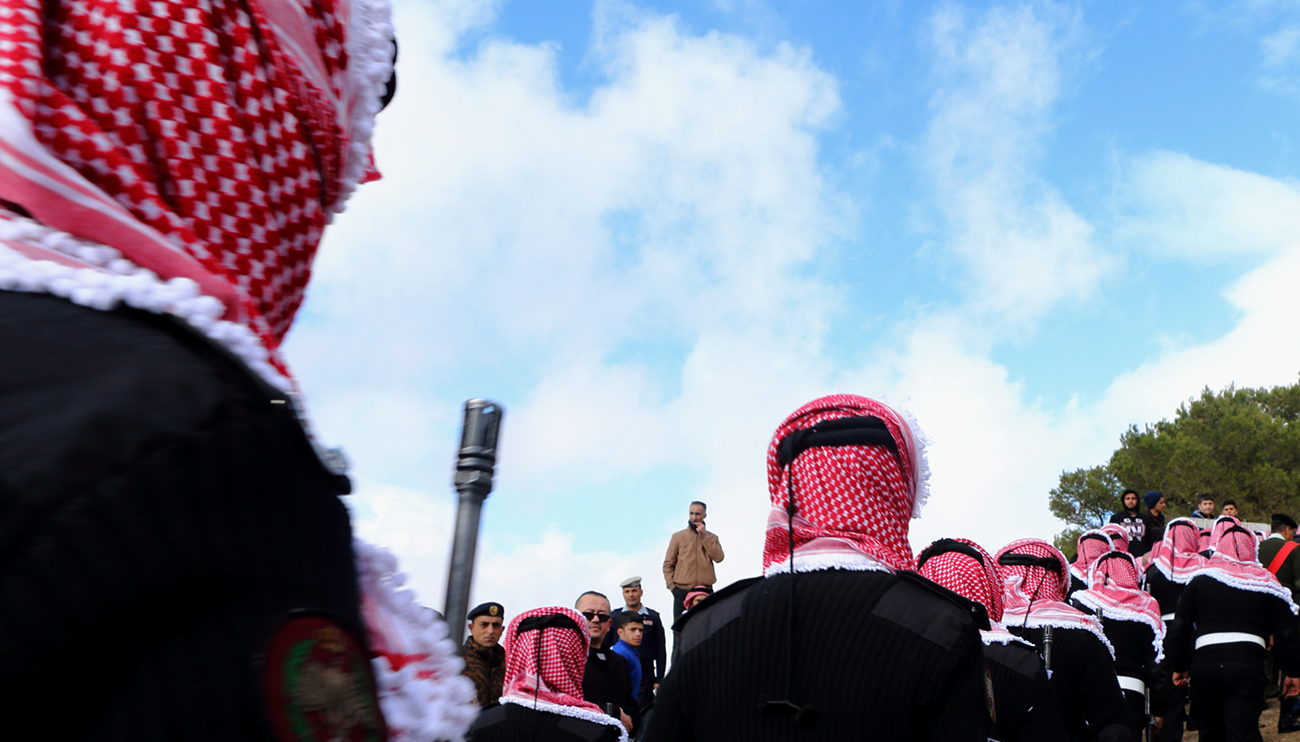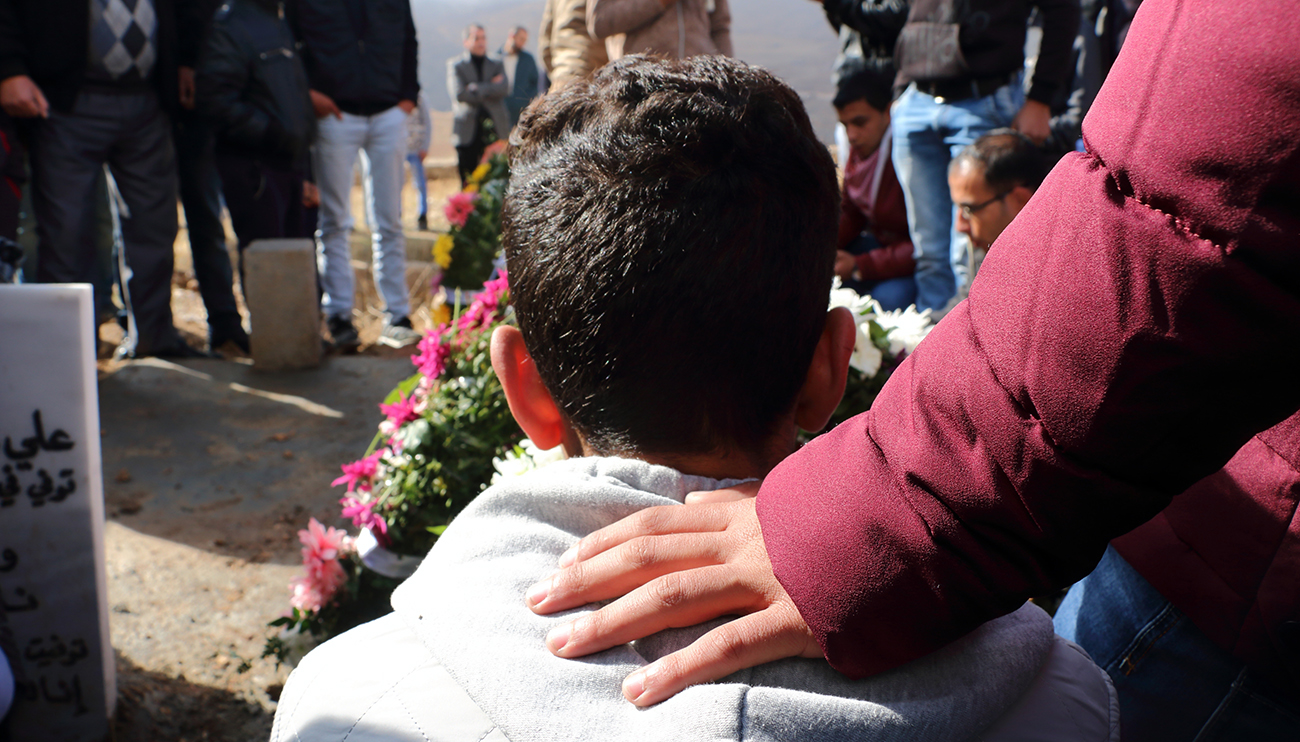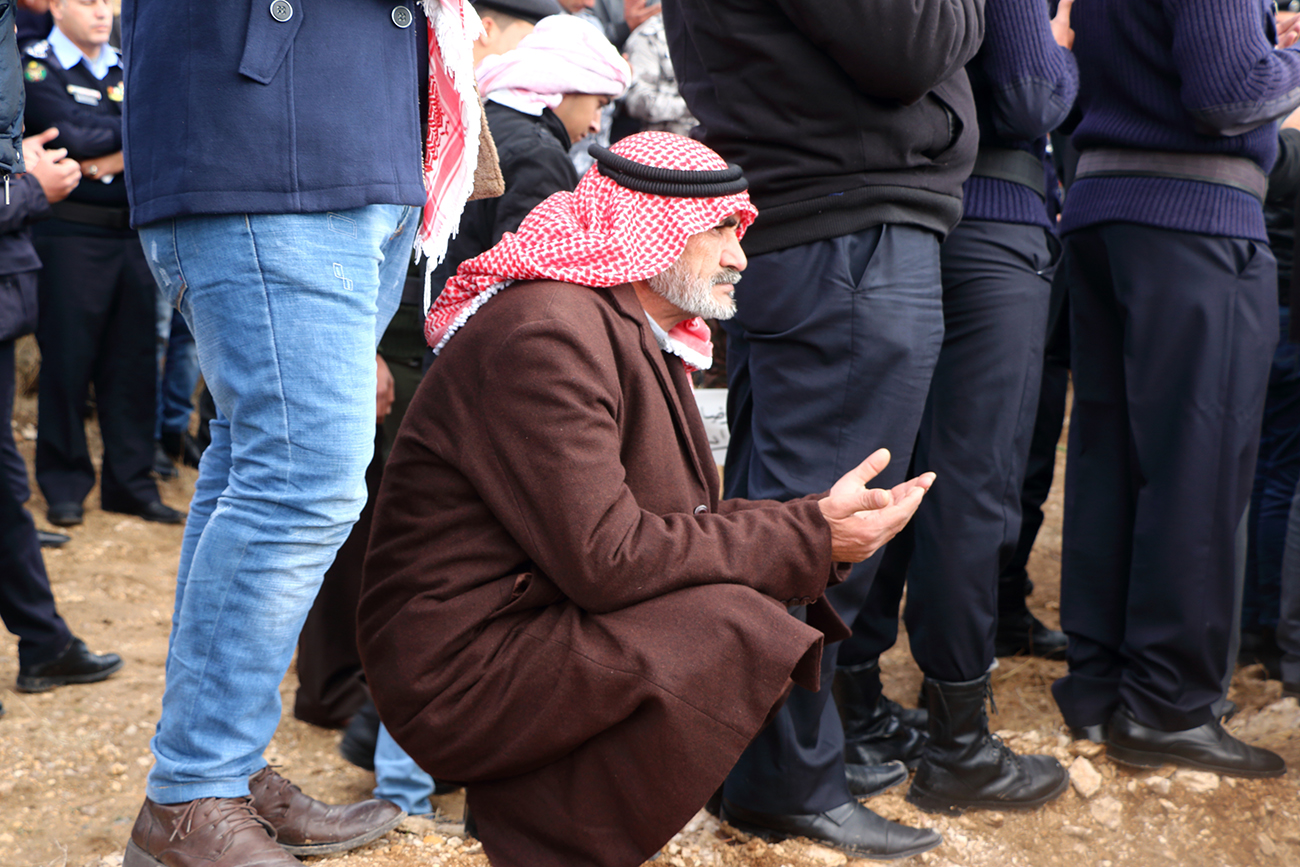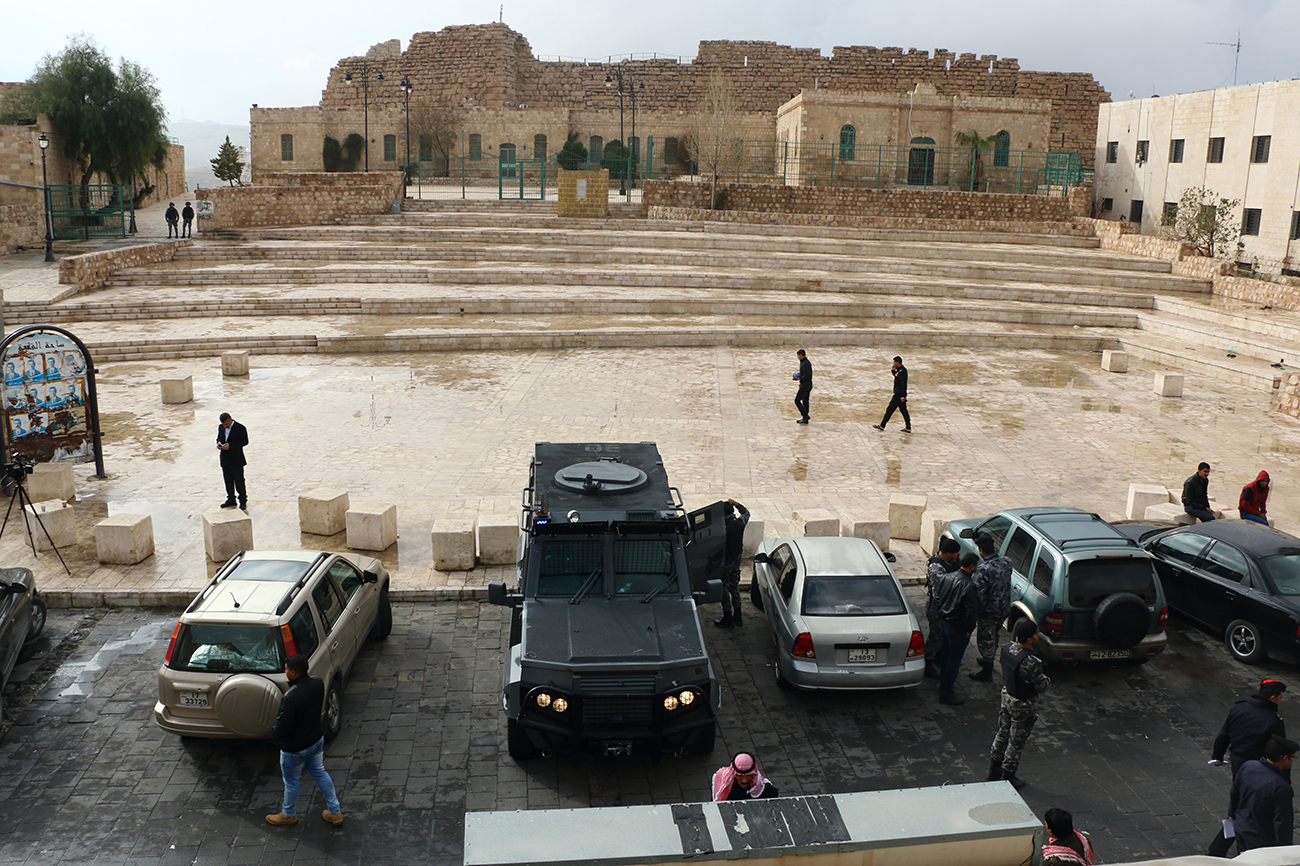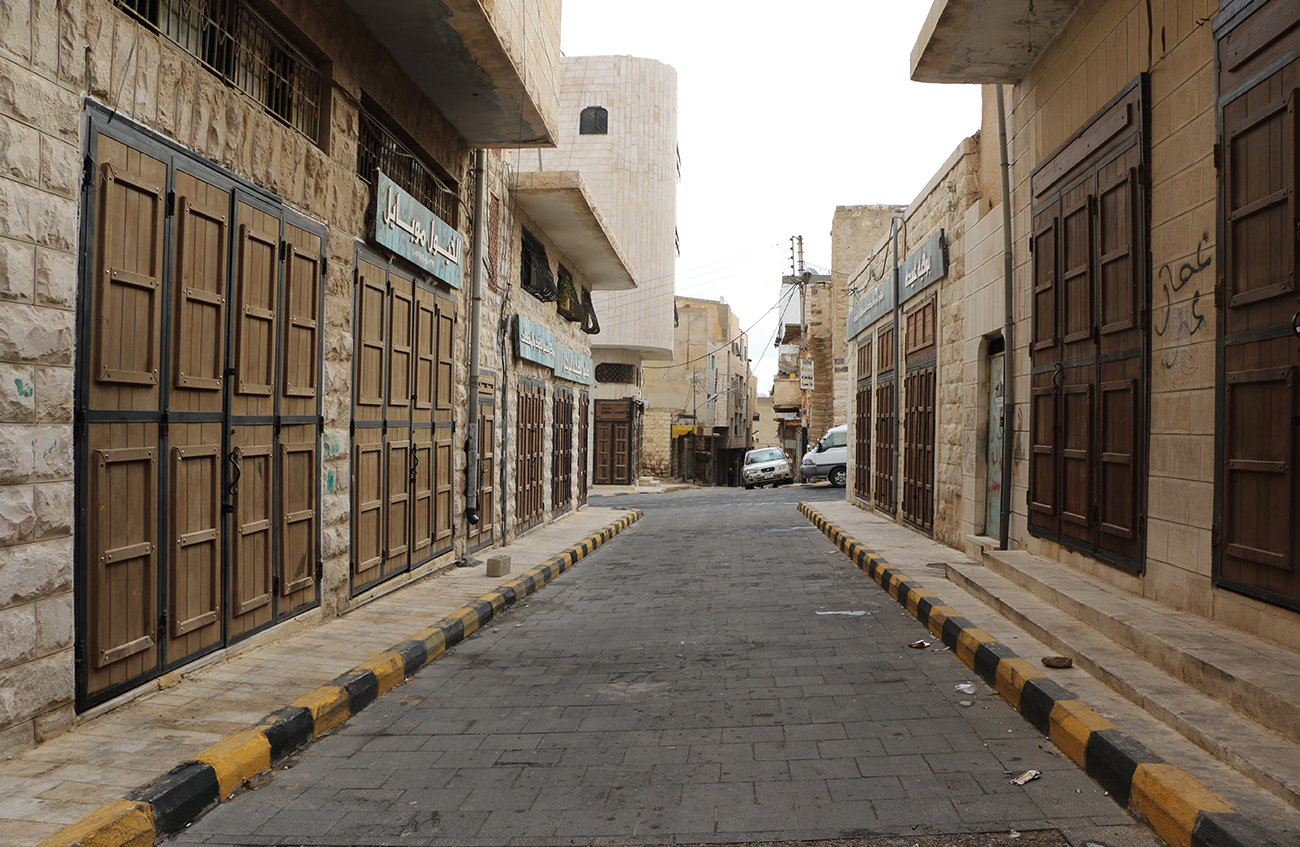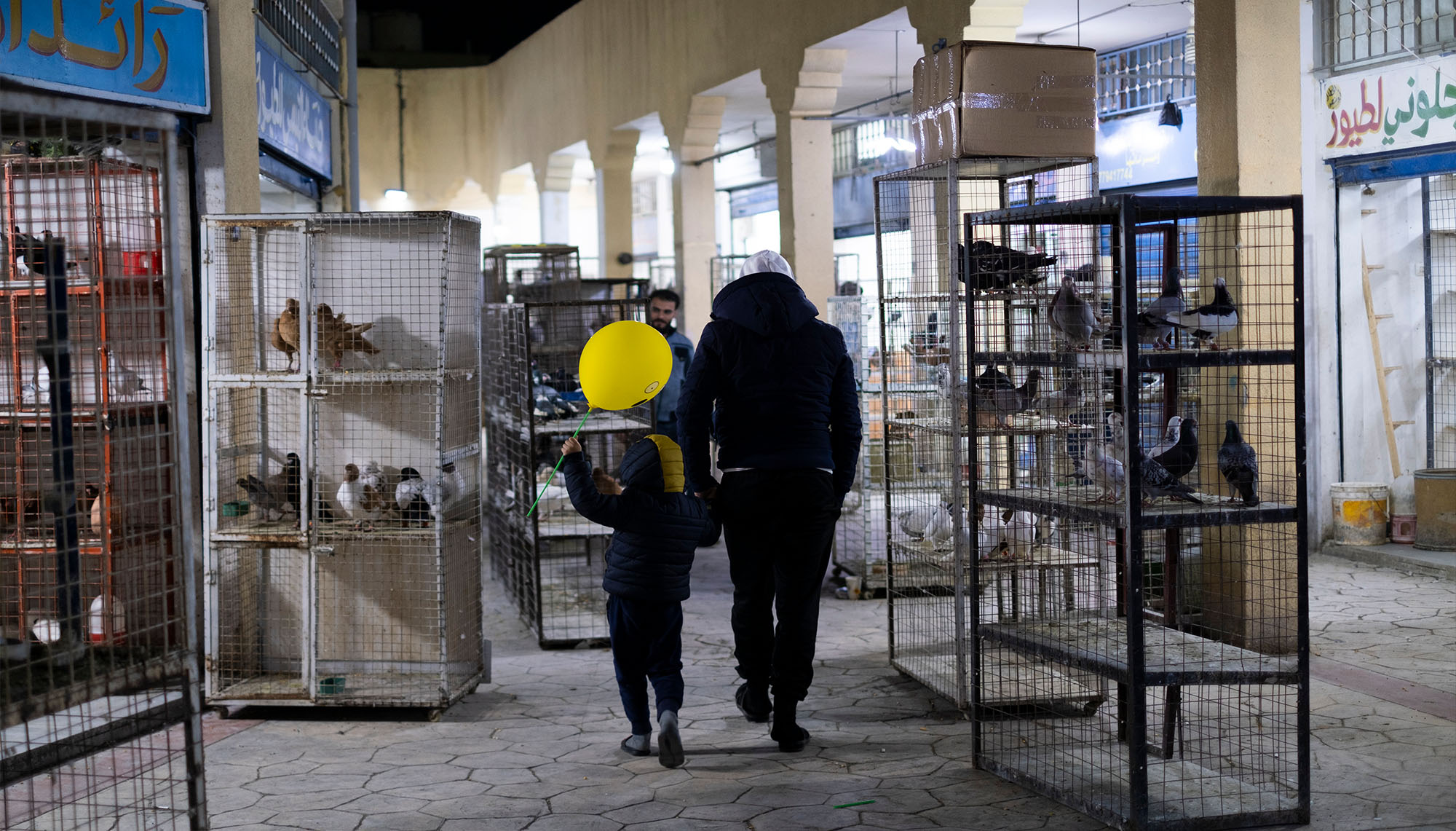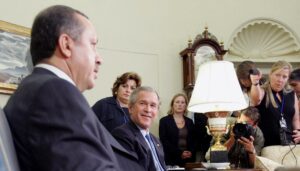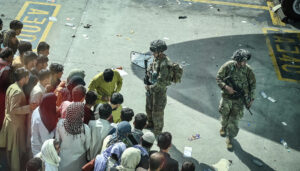Translated by Michelle Balon
Sunday’s terrorist attack that led to the death of ten people in addition to four attackers began about 80 kilometers south of Amman, in an apartment in Qatraneh along the main road between Amman and Karak.
Mohammed Eid al-Hajaya described to 7iber what happened inside the Qatraneh apartment that his family owns, where armed men fired on security officers on Sunday.
Mohammed still can’t believe that he, his brother Ibrahim, and their father al-Hajj Eid managed to get out alive after the events in the apartment. He says that he and Ibrahim heard an explosion. They suspected “something strange” and smelled the scent of gunpowder. After Mohammed called the police, three security officers arrived to the apartment, two of whom entered accompanied by Mohammed. Immediately after entering, three armed men opened fire – killing one of the security officers and injuring the other. Meanwhile, the armed men fled towards Karak in Ibrahim al-Hajaya’s pick-up truck.
Until Monday afternoon, the personal belongings, food, and clothing of the armed men were still spread throughout the apartment amongst the shattered glass and doors. 7iber was granted access to the scene by the al-Hajaya family’s relatives. The attack that began in this Qatraneh apartment continued to the security center at the gate of the Karak Castle. According to eyewitnesses that 7iber met in Karak on Monday, the armed men entered the Castle while shooting and sustained gunfire towards security for about ten hours. At midnight on Sunday/Monday, the security forces announced that the joint security operation executed by the Public Security and Gendarmerie had been completed.
According to a security statement issued on Monday afternoon, the attacks led to the death of seven Gendarmerie and Public Security officers, two civilians, and a Canadian tourist. “Four terrorists were killed. The security forces confiscated their automatic weapons after storming the Qatraneh home in which they were found, where they discovered large quantities of explosives, suicide bomb vests, and other weapons,” the statement said.
Funerals were held in Karak for Ibrahim Madallah al-Bashabsheh and Diaa al-Shamayleh. All of the deceased officers were buried as follows: Corporal Mohammed Ibrahim al-Banwy in al-Marj, and Lieutenant Colonel Sa’id Mahmoud al-Ma’ayteh in the town of Adr Shamaal in Western Karak, Warrant Officer Yazan Salman in Tafilah, Corporal Shafy al-Sharfat in al-Mafraq, and Warrant Officer Suheib al-Sawaeir in Naour. The funeral for Sergeant Alaa al-Naimaat will be held on Tuesday in Karak, while the body of the Canadian tourist Linda was sent to Canada on Monday.
The funeral of Corporal Mohammed Ibrahim al-Banwy in al-Marj, Karak, on Monday. Photo by Ezzeldeen Al-Natour.
The Qatraneh Apartment: The Starting Point
A month before, two men asked to rent an apartment in the building owned by Mohammed’s father, al-Hajj Eid. A young man from Karak named Hamza* who was “loosely acquainted” with the al-Hajaya family served as their broker, and asked that Ibrahim take care of the “two sheikhs,” Ibrahim says. In 2014, the State Security Court sentenced this same broker to two and a half years in prison after an “attempt to exit the Kingdom illegally” into Syria, and to “engage in activities prohibited by the government that seek to expose the Kingdom to dangerous hostilities, and disrupt its relations with a foreign state,” according to the case file obtained by 7iber.
One of Hamza’s relatives told 7iber that Hamza has been detained by the General Intelligence Directorate since last Thursday, December 15.
While Al-Hajaya knew that people referred to the two new tenants as al-Qaysi and al-Khatib, he had no knowledge of their first names. He described them as recluse, but added that “no one expected that what happened yesterday would happen.”
Since al-Hajj Eid’s family doesn’t rent to unmarried men, they inquired about the families of the two potential tenants. They were told that al-Qaysi’s wife had gone to stay with her family until her child’s birth, after which she would join her husband. Al-Qaysi expressed his interest in renting the two stores below the apartment to open a falafel restaurant. The tenants paid an initial deposit of 100 JOD for the apartment, the total cost of which was 150 JOD, according to al-Hajaya.
The two men consistently wore a short dishdasha, and one of them was “light-skinned and bearded, while the other had olive-colored skin and looked younger,” said al-Hajaya, adding that they regularly attended prayers in the Hamza ibn Abdul-Muttalib Mosque near the house, and that al-Qaysi occasionally led the prayers without anyone noticing anything “irregular” about him.
A few meters away from the apartment, al-Qaysi rented a small store owned by al-Hajaya’s relative for 400 JOD per month to open a falafel restaurant, in which he worked quite infrequently. “He would open the store for two hours a day, and on other days he wouldn’t open it at all,” said an employee of a nearby café. Al-Qaysi and al-Khatib worked in the restaurant intermittently. They would usually pray in the mosque, work for an hour in the falafel shop, then head home to sleep in the afternoon, according to the employee.
A different employee of another café near the restaurant said that before moving into the al-Hajaya apartment, al-Qaysi and al-Khatib had been living in the neighborhood for approximately two and a half months. “They would sleep in the Hamza ibn Abdul-Muttalib Mosque, where they prayed regularly. About a month ago, they obtained the falafel store and rented an apartment,” he added. The seller remembered how, on multiple occasions, al-Qaysi led the worshippers in prayer in the event of the absence of the mosque’s sheikh. “We would be praying, then al-Qaysi would suddenly start yelling, clearly affected by a verse he was reciting,” he added.
The Day of the Attack
At 12:45 P.M on Sunday, an employee of the café located in the al-Hajaya building heard an explosion come from the apartment in which al-Qaysi and al-Khatib lived. He notified Mohammed al-Hajaya, who went up to check on the tenants.
Al-Qaysi told al-Hajaya that a gas cylinder had exploded and that they were fine. “He prevented me from entering, saying that his family was inside. But I smelled gunpowder coming from the apartment so I told my family,” says al-Hajaya. His brother Ibrahim called the security forces while he went to the security center located less than a kilometer from the apartment.
Following the report, three officers from the Criminal Investigation Unit (CIU) arrived. They went up to the apartment, accompanied by al-Hajj Eid and his two sons Mohammed and Ibrahim, but the people inside refused to open the door, using the same excuse of one of their wives being inside. “One of the CIU officers said ‘these are explosives there are no women in there.’ He opened the door and was met with an armed group of men, each one of them holding a Kalashnikov. Then they opened fire,” recalled Mohammed al-Hajaya.
Entrance to the Qatraneh apartment where the attack began. Photo by Ezzeldeen Al-Natour.
Ibrahim and one of the security officers couldn’t leave the apartment, so they headed to the terrace. Mohammed said that he was able to get his father and one of the security officers out of the house, but didn’t know where the third had gone. He recalled what his brother Ibrahim told him about the events that took place in the apartment, stating that one of the armed men pointed a gun at Ibrahim but didn’t open fire. “He told him: you’re excused,” said Mohammed, then turned towards the security officer and fired about seven gunshots. The three armed men left the apartment, got into Ibrahim’s pick-up truck, and drove off in the direction of Karak.
When Mohammed entered the apartment, he found his brother alive. Next to him was the injured CIU officer, “taking his last breaths.” It took the ambulance and security over half an hour to arrive, and Mohammed believes that the security officer died during this period.
In a press conference held on Monday afternoon, Minister of Interior Salameh Hammad confirmed that one of the police officers that had exposed the suspects in Qatraneh had died, the result of a gunshot wound he had sustained.
Mohammed estimates that the Qatraneh apartment events lasted for ten minutes. He added that his brother Ibrahim retrieved his pick-up truck from an area before the al-Lajoun security station.
“As a decoy against the security forces, the criminals switched vehicles in an organized way. It took them approximately 18 minutes to drive from the apartment to the castle in an unreported Citroën car,” said Hammad in the press conference.
Not far from the Karak Castle in the center of the city, shop owners continue where Mohammed left off. At 1:30 P.M, they saw a rental car stop at the door of the security center. Armed men opened fire on the security officers in the center’s door, then entered the castle as they continued to fire, and the security personnel and Canadian tourist were injured, relayed the witnesses.
Public Security and Gendarmerie vehicles at the entrance to the Karak Castle this morning (top and right). Shops closed in the center of the city to mourn the martyrs. Photo by Ezzeldeen Al-Natour.
“The suspects opened fire on the security center in the Castle’s entrance, killing the three public security officers and the Canadian tourist as they entered the Castle,” said Hammad.
Residents of Karak are divided on whether the armed men that entered the castle were the same ones who left the Qatraneh apartment, given the short time between the two events and the distance between them – approximately 41 kilometers. There are also discrepancies in some of the narratives 7iber heard from shop owners regarding whether the suspects entered through the Castle gate together, or were divided into two groups. But they agree that the armed men opened heavy fire on security before security reinforcements arrived over a half hour later.
Ahmed al-Shamayleh, owner of a grocery store near the castle, said that he closed his shop after hearing gunshots. He then left to assist the security alongside hundreds of men from Karak who were shocked by the incident and the lack of security reinforcements. This led some of them to provide the security center with weapons and bullets, he recalled.
Hammad denied any delay in reinforcing the defence force, or any lack of ammunition. “The armed men in the castle were very fortified. They were shooting anyone who moved on the outside,” he relayed, adding that “the security force snipers were able to take them out.”
Citing security reasons, Hammad refused to publicize the names of those involved who were killed in the castle, claiming that the names of the armed men circulating in the media are incorrect.
The Broker of the Qatraneh Armed Men
Hamza was the link between the Qatraneh apartment, and the terrorists that lived there and participated in the attack on security forces in Qatraneh and the security center and castle in Karak. A month ago, he brokered for two people to live in the apartment, given his “loose acquaintance” with the al-Hajaya family that owned it.
Despite the fact that Hamza’s role in the attack is still unclear, his criminal history reveals a link to terrorist groups. In May 2014, he was sentenced by the State Security Court to two and a half years in prison after an “attempt to exit the Kingdom illegally” into Syria, and to “engage in activities prohibited by the government that seek to expose the Kingdom to dangerous hostilities, and disrupt its relations with a foreign state,” according to the case file obtained by 7iber.
According to the Court of Cassation, which supported the State Security Court’s ruling, the details of the case state that, “the first suspect, Hamza, had developed a desire and conviction to reach Syrian territory illegally from Jordanian territory, in order to join armed groups there (Al-Nusra Front) to fight against the Syrian governmental forces.”
Hamza subsequently contacted Qutayba, the second suspect in the case and his relative. Qutayba had preceded Hamza in traveling from Jordan to Syria to join the Al-Nusra Front. Following their conversation and with the help of Amer, the third suspect in the case, he began planning for Hamza’s trip to Syria. Amer and Hamza arranged the trip that brought the latter to al-Turrah, where he planned on crossing the border into Syria, but was captured by a faction of the Border Guard affiliated with the Jordanian Army Forces.
Hamza was found guilty of the two charges brought against him and sentenced to imprisonment for a period of five years. However, the court adopted discretionary reduction reasons that reduced his sentence to two and a half years starting from the date of his arrest. The purpose behind this was to “grant him the chance to correct his life path,” according to the Court of Cassation’s ruling.
If Hamza had served his complete sentence, given the fact that he was seized on January 29, 2014, he would have been released in 2016.
According to the social media accounts of the second suspect in the case, Qutayba, he is still in Syria. He joined ISIS after their disagreement with the al-Nusra Front and is the son of Abdel Majid, known as Abu Qutayba al-Ordony, who fought in Afghanistan against the Soviets, where the founder of al-Qaeda Osama bin Laden was found. He also fought in Iraq against the American forces, according to an old interview with him published in the Saudi Arabian Elaph website. The interview, published in 2005, states that beginning in 1988, Abu Qutayba had a close relationship with Abu Musab al-Zarqawi and was instrumental in recruiting him to come to Afghanistan, before al-Zarqawi went on to become a famed Jihadi leader.
Abdel Majid was arrested in December 2014. The Public Security Court tried him for recruiting people to join armed groups and terrorist organizations, and funding terrorists. According to the indictment issued at that time in his regard, he is a supporter of the al-Nusra Front.
*7iber reserves the full names of the suspects mentioned in the case files to maintain the confidentiality of their families.
